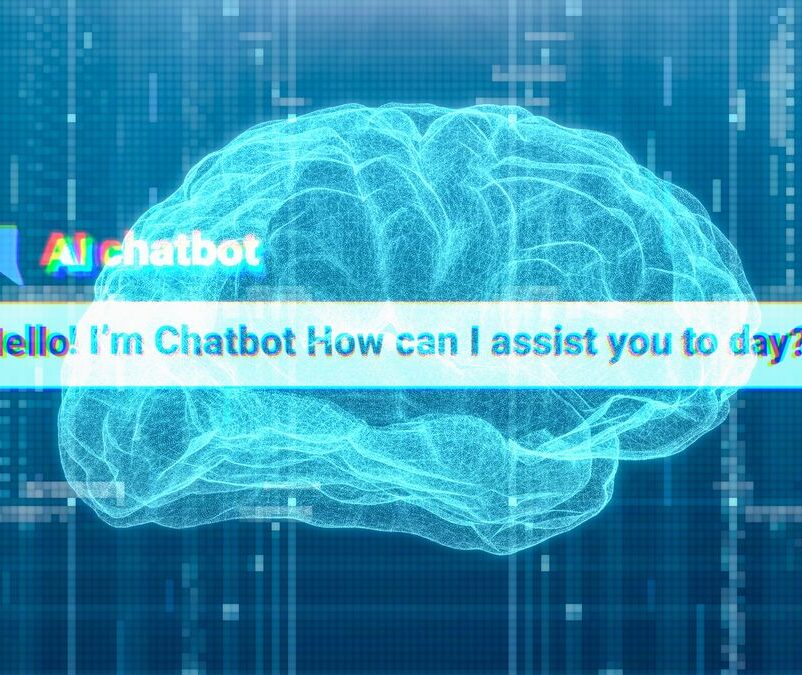
Job hunting can be a lot of stress, as well as a lot of work. It can take a lot of time too — according to the Bureau of Labor Statistics, the average job search takes roughly five months.
With a lot of talent freshly released into the labor market thanks to the swathe of layoffs currently affecting the tech industry — Layoffs.fyi data indicates that there have been in excess of 108,000 job cuts so far this year — honing a competitive advantage is essential.
One small glimmer of relief for those in the tech sector in particular is the fact that laid-off tech professionals are able to quickly find new work. A recent survey found that 79% of those laid off from a tech company job got a new job within three months of starting their search, and nearly four in 10 of them found jobs in less than a month.
That’s positive news, but what else can you do to speed up and improve your job search?
Enter ChatGPT. A natural language processing chatbot, it is driven by AI technology that allows you to ask it questions, have surprisingly human-like conversations, and get answers to complex topics.
The chatbot can also be used in many ways to help you get a new job both pre-application and for interview prep. Here are four ways you can make ChatGPT work for you.
1. Identifying keywords in job descriptions
Job applicants often don’t understand how important it is to use keywords from the job description in their resume. This is because a huge number of hiring professionals use software called application tracking systems (ATS) to weed out resumes as an initial step. Over 98.8% of Fortune 500 companies use ATS, as do 66% of large companies, and 35% of small organizations.
Paste a job description into ChatGPT and then ask it to tell you the three to five most important responsibilities. This will give you actionable keywords to include in your resume, and beat the bots.
2. Personalize your resume and cover letter
Yes, ChatGPT can also create personalized versions of your resume, tailored to the job description. This is another important step to take as it elevates your resume from the basics and makes it highly relevant.
Do the following three things: Ask ChatGPT to “personalize my resume for this [Job Title] role at [Company]”. Then paste in the job ad, and paste in your current resume. Do take time to edit the results so that they are appropriate for the role, and personalized for you.
The tool can also help with cover letters, offering a structured style and format you can tweak. Ask it to “write a cover letter for a Java developer job”, and you’ll get back a surprisingly useful piece of copy––albeit one that will need some tweaking and extra information from you.
3. Help you understand complex terms
It’s interview time and you’re applying for a stretch role. Some of the concepts in the job description aren’t ones you are familiar with. ChatGPT can help: ask it to explain a complex topic or technical jargon you’re not familiar with, and it will return a succinct, plain English explanation that can really help you out.
4. Write interview questions
Another dreaded aspect of the interview process is the bit where you’re asked, “do you have any questions for us?” Yes: you do. You can ask it to generate questions in a variety of ways — request the most common questions to ask at an interview, or ask it for personalized suggestions based on the job description, which you can paste in.
While this is a tool that can automate parts of a job search, it’s important to keep front of mind that it’s not a replacement for you; after all, it creates its answers from data sets. Carefully edit its responses, adding your own personal touches, and you’ll get the best from the bot.
Ready to give ChatGPT a shot? There are three exciting roles to discover below, with many more on the VentureBeat Job Board.
Senior Enterprise Account Engineer, Amazon Web Services, Inc., Herndon
As a Senior Enterprise Account Engineer, you will craft and execute strategies to drive customers’ adoption of AWS services. You’ll have technical acumen and customer-facing skills and will drive discussions with senior leadership regarding incidents, trade-offs, support and risk management. To apply, you will need six years’ of technical engineering experience, experience with operational parameters and troubleshooting for three of the following: compute; storage; networking; CDN; databases; DevOps; big data and analytics; security; or applications development in a distributed systems environment. Get the full job spec right here.
AI Research Director — AI for Tech, JPMorgan Chase Bank, New York
The AI Research Director will work on multiple research projects, formulating problems, generating hypotheses, developing new algorithms and models, conducting experiments, synthesizing results, gathering data, building prototypes and communicating the significance of research. To apply, it’s preferred that you have a PhD in computer science (especially AI/ML) or related fields, have research publications in prominent AI/ML or software engineering venues such as conferences and journals, and possess strong expertise in one or more specialized areas: deep learning (DL), or natural language processing (NLP). Discover all the requirements here.
Cybersecurity Project Manager, Apple, Cupertino
The Cybersecurity Project Manager will lead the planning and execution of an end-to-end cybersecurity assessment/audit process, providing operational support, and contributing to documenting controls and processes. You’ll also provide leadership and transparency throughout the program lifecycle, and ensure program deliverables meet expectations. Necessary skills include three to five years’ of experience in project management, preferably in cybersecurity, and experience leading large projects, with the ability to create project plans. Apply for this position here.
Get a great new job on the VentureBeat Job Board today
VentureBeat’s mission is to be a digital town square for technical decision-makers to gain knowledge about transformative enterprise technology and transact. Discover our Briefings.



